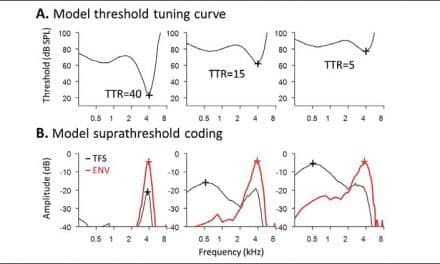New telecommunication technology that delivers specialist hearing health services to Australia’s outback and its nearby pacific neighbors has been successfully trialed by researchers from the HEARing Cooperative Research Centre (HEARing CRC).
HEARing CRC’s chief executive officer, associate professor Robert Cowan, said that several of the CRC’s research projects have used new technologies to deliver remote hearing healthcare that includes configuring cochlear implants to improve performance (known as mapping) and undertaking paediatric hearing assessments.
“A good example is our Management of Cochlear Implants Using Remote Technologies project which is developing procedures where audiologists can have remote consultations with their patients via the Internet. By having such a setup, that includes video conferencing technologies, an individual who has received a cochlear implant can receive follow up device management and habilitation consultations without having to go into the clinic,” Cowan explained.
He also mentioned co-researchers at the University of Queensland, who have been effectively using a specialized Australian telehealth support system called eHAB to work remotely with children between ages of 3 and 12 with cochlear implants. “A similar project based at the Sydney Cochlear Implant Clinic has had success with providing cochlear implant mapping support to patients located in the pacific nation of Samoa. Preliminary results from this work have shown that 83% out of the 70 clients who had remote consultations were pleased with the outcome,” added Cowan.
A further challenge for hearing health providers operating in remote Australia is finding ways to provide timely and effective hearing assessments in areas where health professionals and facilities are scarce or difficult to establish.
The Remote Assessment of Hearing project based at the Royal Institute for Deaf and Blind Children (RIDBC) in Sydney has been undertaking similar investigations. For this project, researchers trialed different combinations of technologies to provide both initial paediatric hearing screening and full audiological follow-up assessment as required.
According to conjoint professor Greg Leigh from RIDBC, the results have been very encouraging. The results of these projects will steer the development of clinical guidelines for the emerging field of Internet‐based audiology, as well as the development of training modules for the HEARing CRC’s forthcoming HEARnet website.
Related reading in Hearing Review: See our October 2012 tele-audiology issue.




